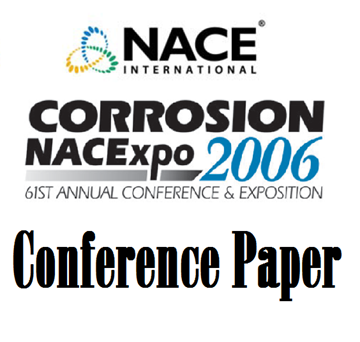Search
07660 Breakdown of Passivity of Austenitic Stainless Steels in CI- and H2S- Modeling and Characterization of the Pit Initiation Process
Also Purchased
06156 OPERATIONAL LIMITS FOR AUSTENITIC STAINLESS STEELS IN H2S-CONTAINING ENVIRONMENTS
Product Number:
51300-06156-SG
ISBN:
06156 2006 CP
$20.00
07661 Combined Effect of CO2, H2S and Acetic Acid on Bottom of the Line Corrosion
Product Number:
51300-07661-SG
ISBN:
07661 2007 CP
Publication Date:
2007
$20.00
07675 Sensitization of Laser-Etched Surfaces in Stainless Steel Surgical Tools
Product Number:
51300-07675-SG
ISBN:
07675 2007 CP
Publication Date:
2007
$20.00




